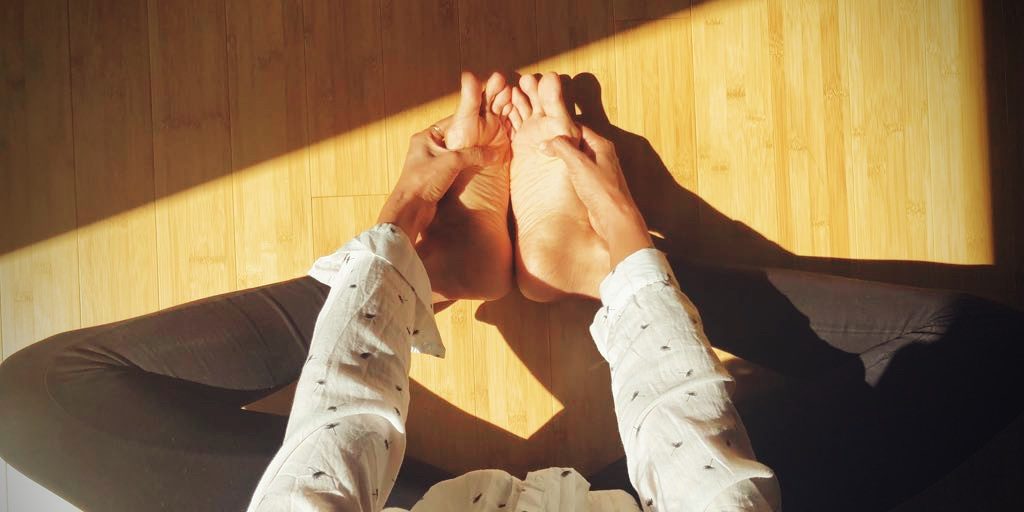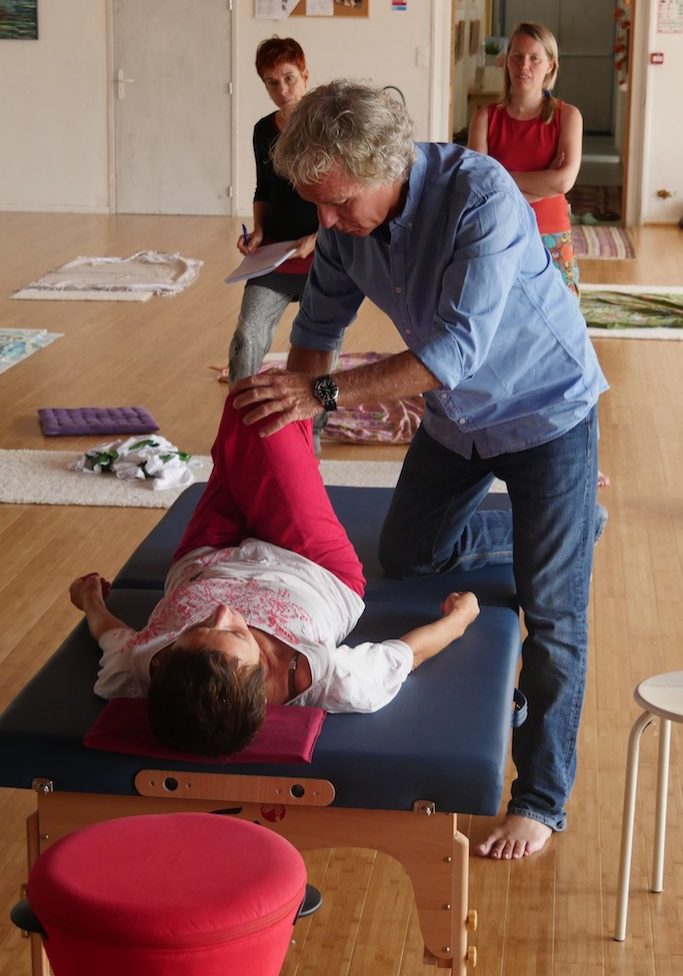The Feldenkrais Method

The Feldenkrais Method
The Feldenkrais Method offers each person the possibility to function at his or her best in daily life.
It teaches us how each part of the body cooperates in every movement, assists us in perfecting our actions and helps us to be more available physically and mentally.
It creates the conditions for everyone to discover movements that have been forgotten or excluded from our usual way of doing things, to transgress limits that have occurred as a result of stress, an accident, an operation, or simply to find new ways of walking, sitting, running, turning, getting up...
Research in neurophysiology shows that the nervous system has an ability to reorganize itself. By stimulating this potential to "relearn", considerable improvements are quickly felt in posture, balance, coordination and overall well-being.
The Brains' way of healing with Norman Doidge
Awareness through movement
During Awareness through Movement (ATM) lessons, you are guided verbally, without role models, through a sequence of movements. Lessons take place in lying on the floor, standing or sitting on a chair, and you are invited to explore easy, varied, unusual movements. They allow participants to improve both the range and quality of movement.
The lessons exist in an extraordinary varied repertoire, but essentially are governed by two fundamental principles.
First of all, you move in your comfort zone, the idea being to advocate intelligence rather than effort. Thus, the lessons take you beyond your limits while making you discover a new way to organize your movements.
Second, you should only cary the instruction to the extent that you are able to pay attention to what you are doing. If the mind begins to wander, if the movement becomes mechanical, you stop.
Using these principles, Feldenkrais' lessons often produce unexpected and dramatic results. Although for Moshe Feldenkrais, all results are trivial compared to the importance of guiding your own learning.

Functional Integration
Functional Integration sessions are individualized lessons, tailored and designed to meet the specific needs of each person.
The Feldenkrais practitioner, using his hands and a soft and non-invasive touch, guides the student in exploring new patterns of movement, or helps him to refine pre-existing movements.
The student can lie comfortably on a table, sitting or standing. Supports, such as cushions, rollers, mats, foams can be used to facilitate the learning process.
The handling of the Feldenkrais practitioner reflect to the student the way he organizes his body and his actions. Using skilful and gentle hands, the practitioner establishes a sense of security and a supportive relationship. By cooperating with the unconscious, new possibilities of movement can be formed in small increments.
Practitioners are trained to detect tiny resistances in your movement patterns that often reflect emotional, psychological and physical limitations.
Through touch and movement, the practitioner can bring out a range of possibilities and suggest new patterns of movements that are more comfortable, more effective and more useful.


